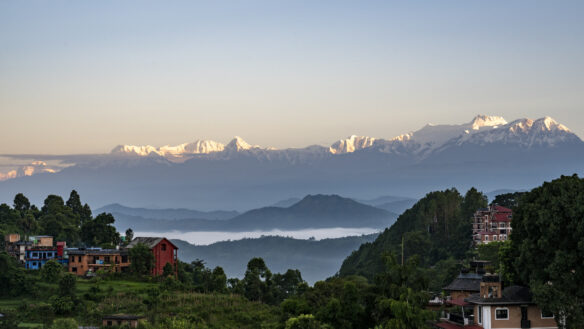Excerpt:
The Philippine capital is the latest city to address rampant plastic pollution through a community-guided protocol.
Governments and international organizations have touted the circular economy, in which materials and products stay in circulation for as long as possible, as an antidote to our global plastic problem. (The equivalent of 2,000 garbage trucks of plastic enters oceans, rivers, and lakes every day.) But as wardens of waste management, cities often shoulder the burden of managing plastic pollution.
As a step toward managing plastic waste, 51 communities around the globe have participated in the Circularity Assessment Protocol (CAP). Developed by Jambeck et al., the protocol provides communities with data on circular materials management and local sources of plastic pollution. Most recently, the Philippines’ capital region, Metro Manila, an urban agglomerate home to 12.9 million people—and a serious plastic problem—participated in the CAP process.
Among the authors is a representative from the local organization Save Philippine Seas, which surveyed Quezon City, Manila City, and Mandaluyong City, three localities within the capital region. The organization conducted surveys at retail shops and vendors to document plastic-wrapped items such as snacks, beverages, personal care products, tobacco products, and household supplies.
Collectively, the data buckets portrayed the life cycle of plastics in Manila. The authors identified where plastic originates, how products are designed and used, how waste is collected, and, ultimately, where plastic litter ends up…









